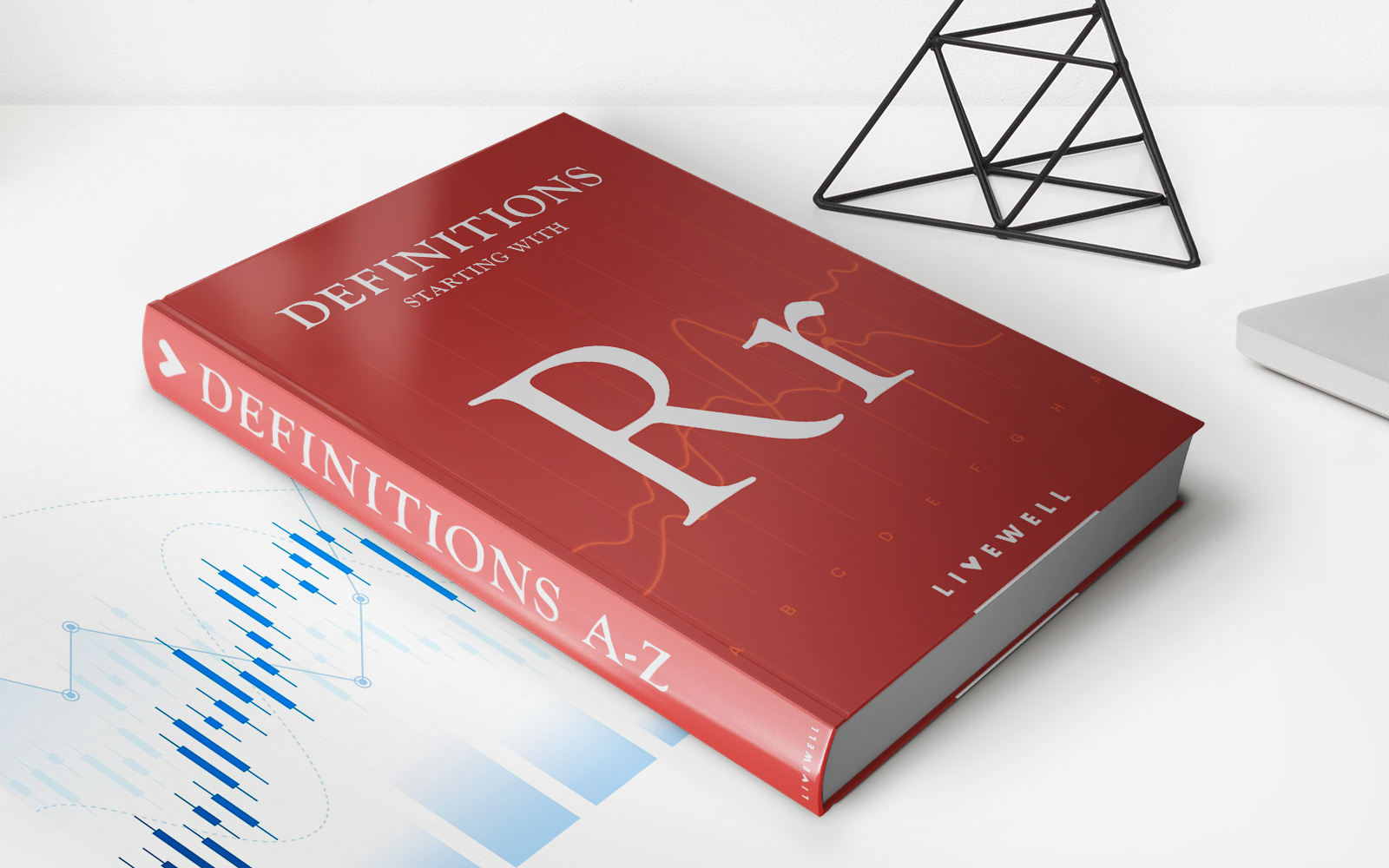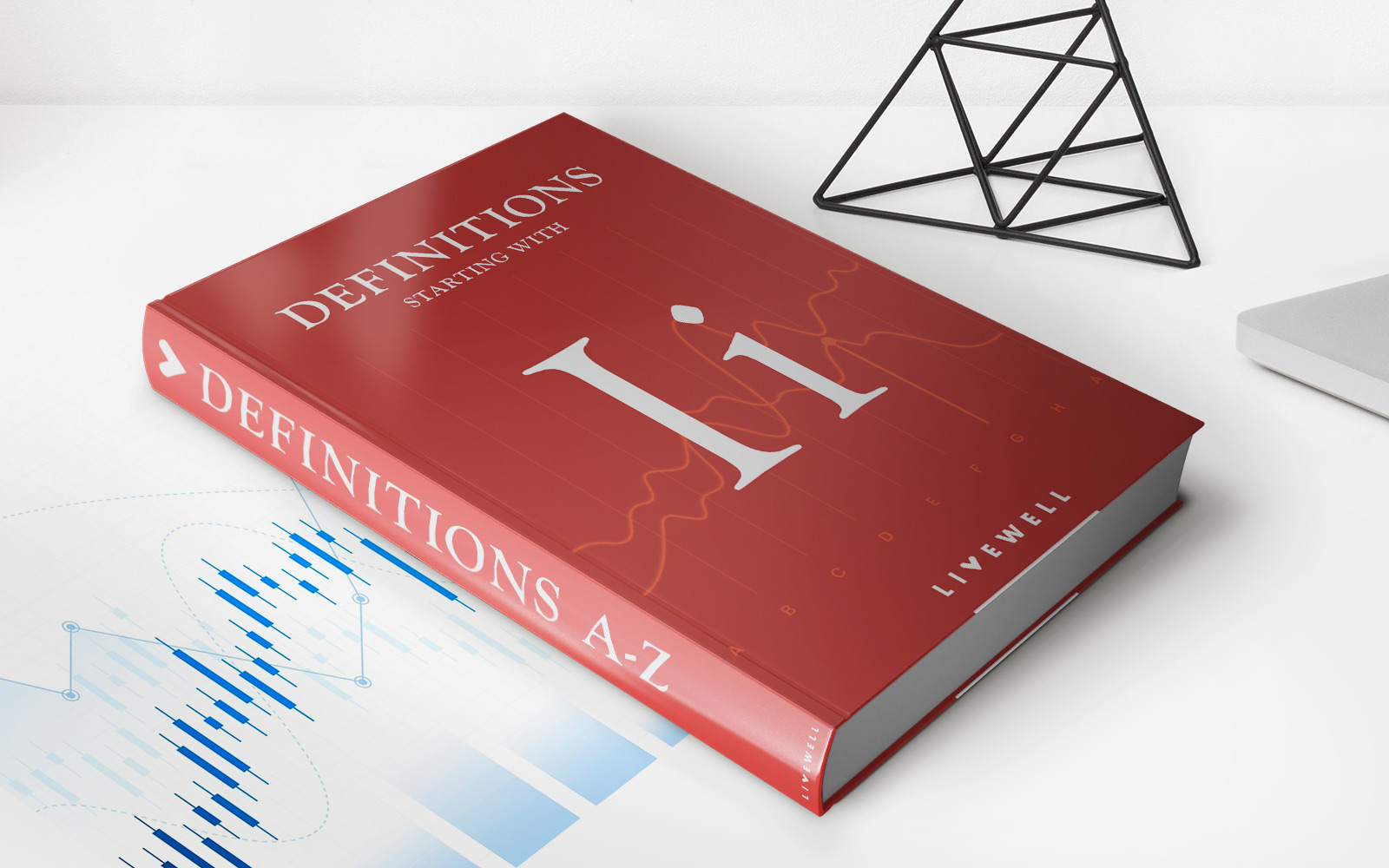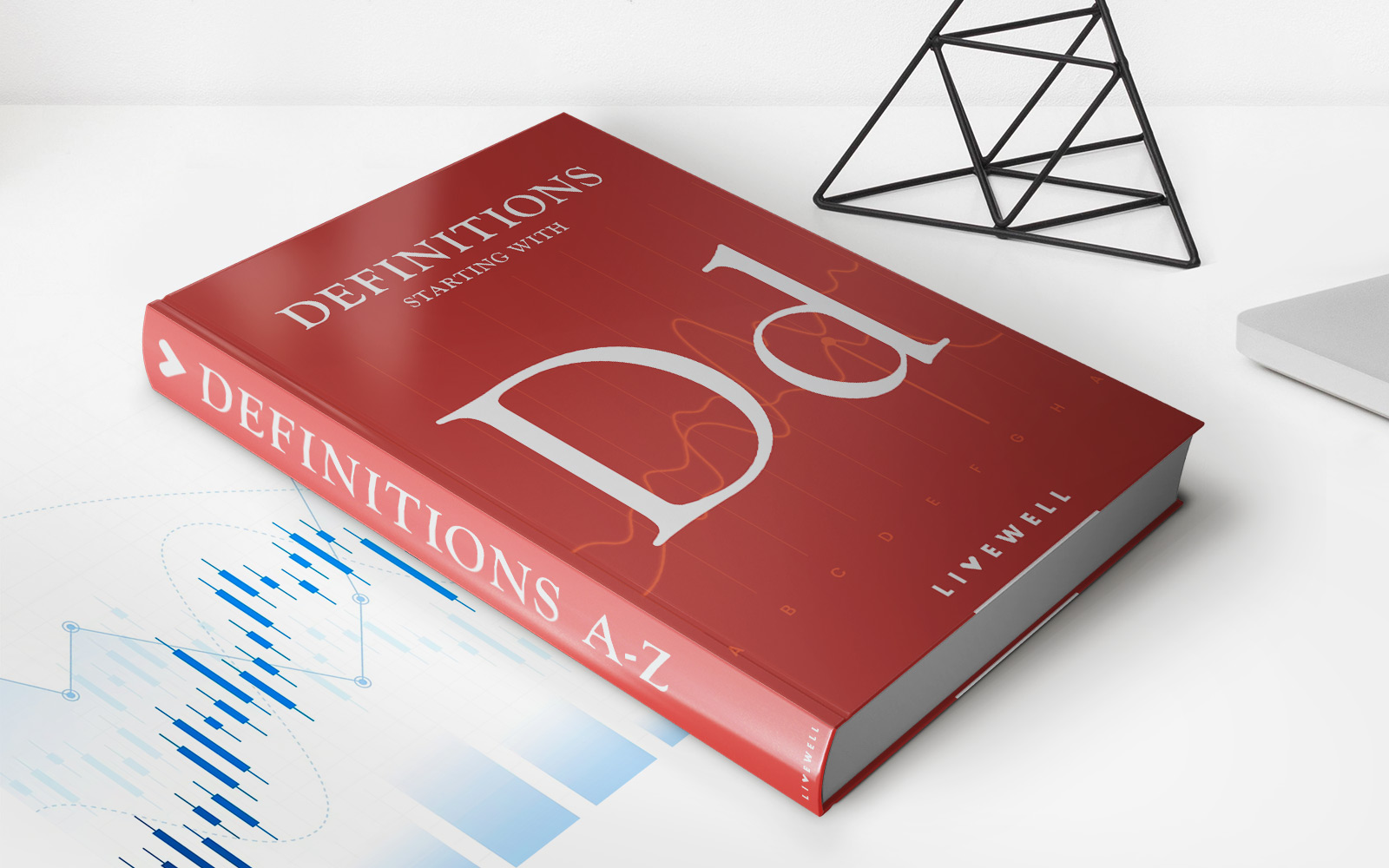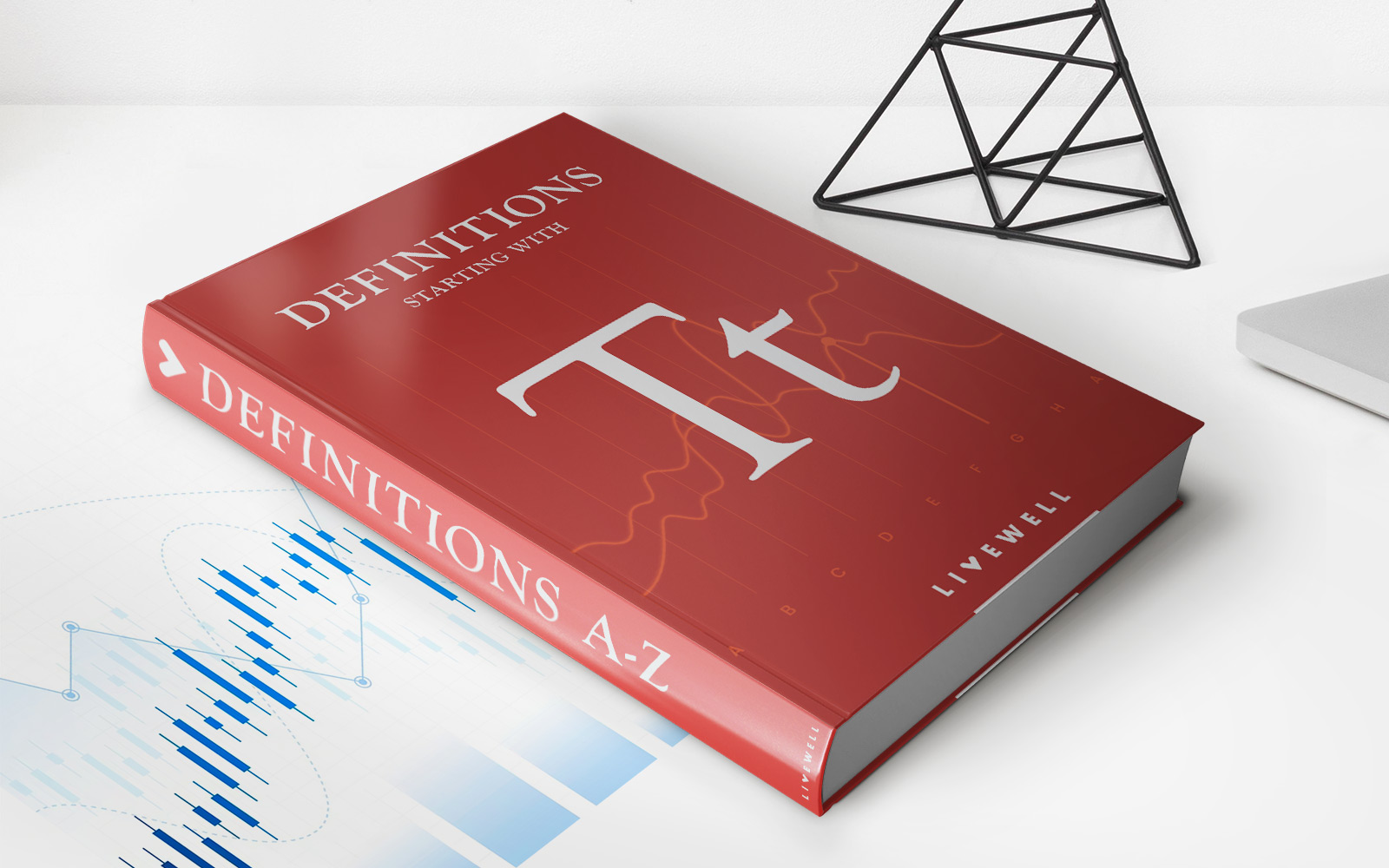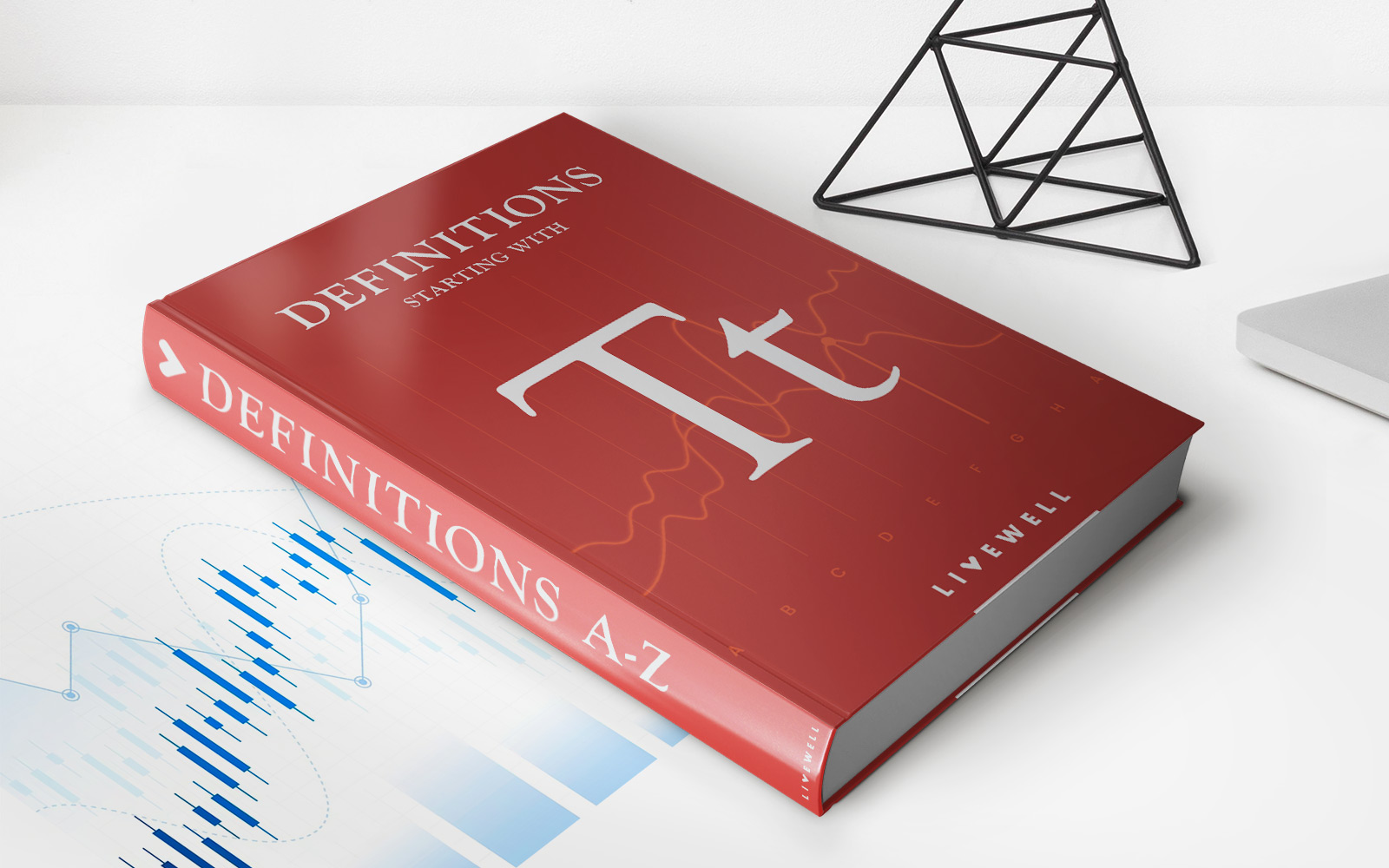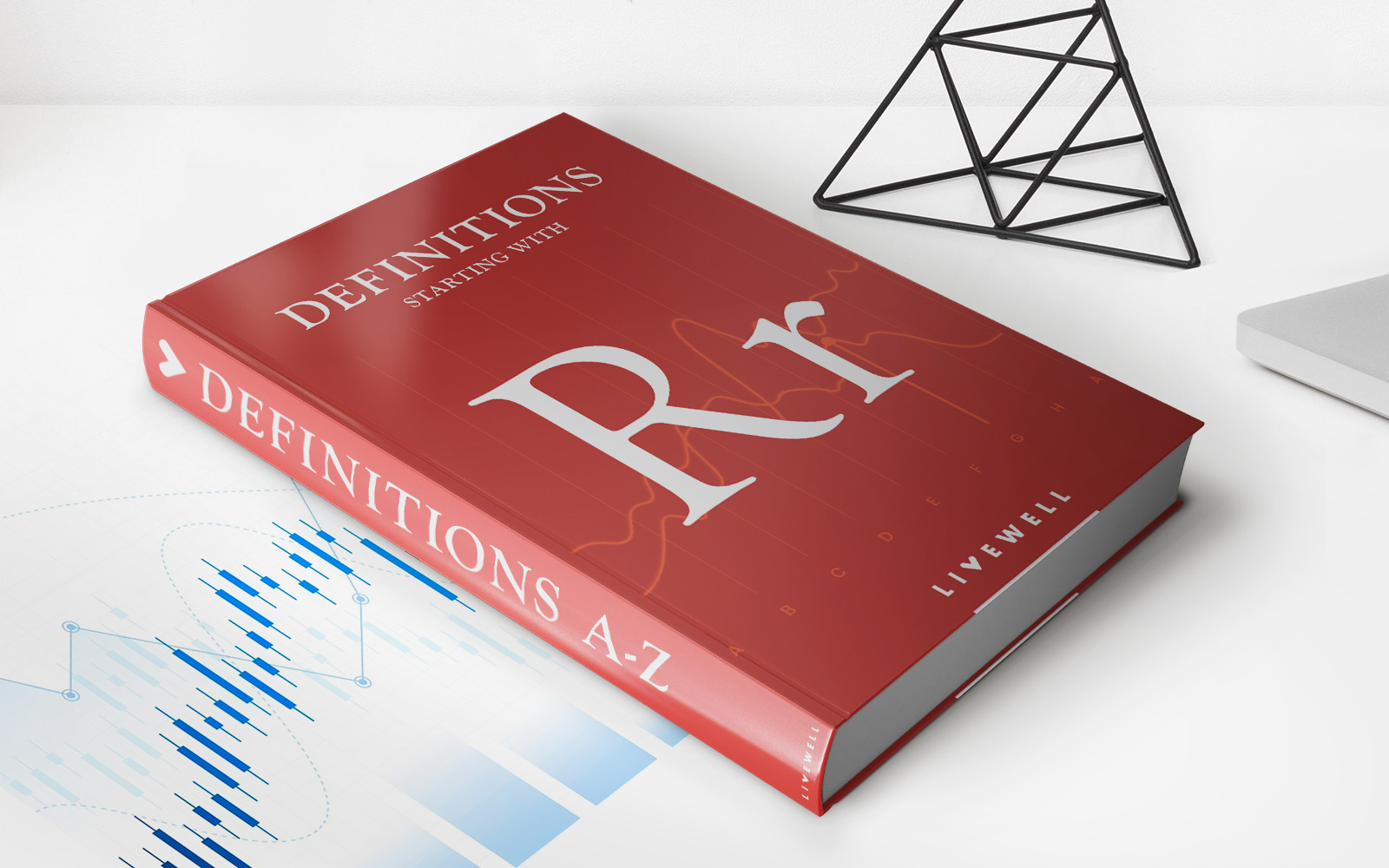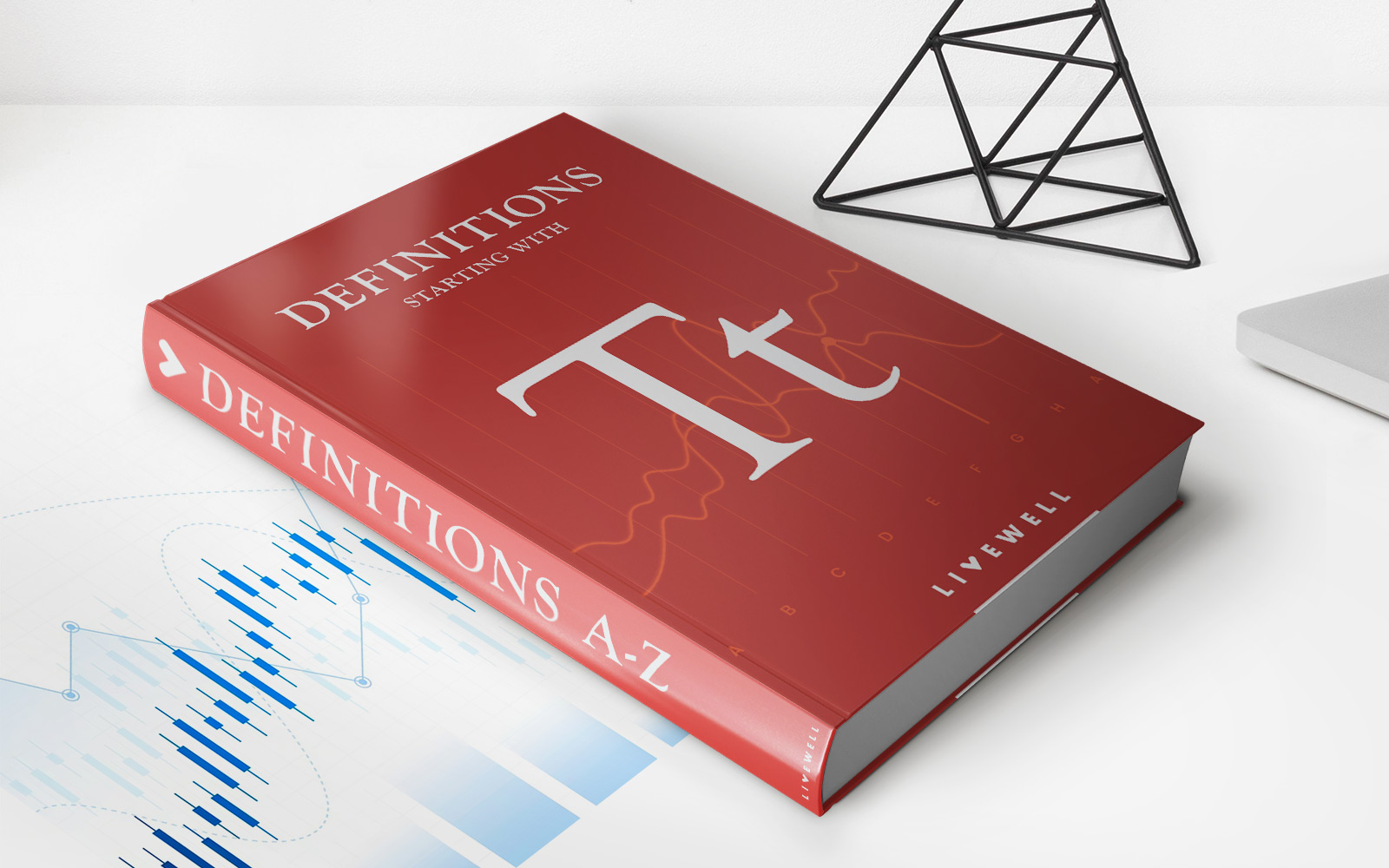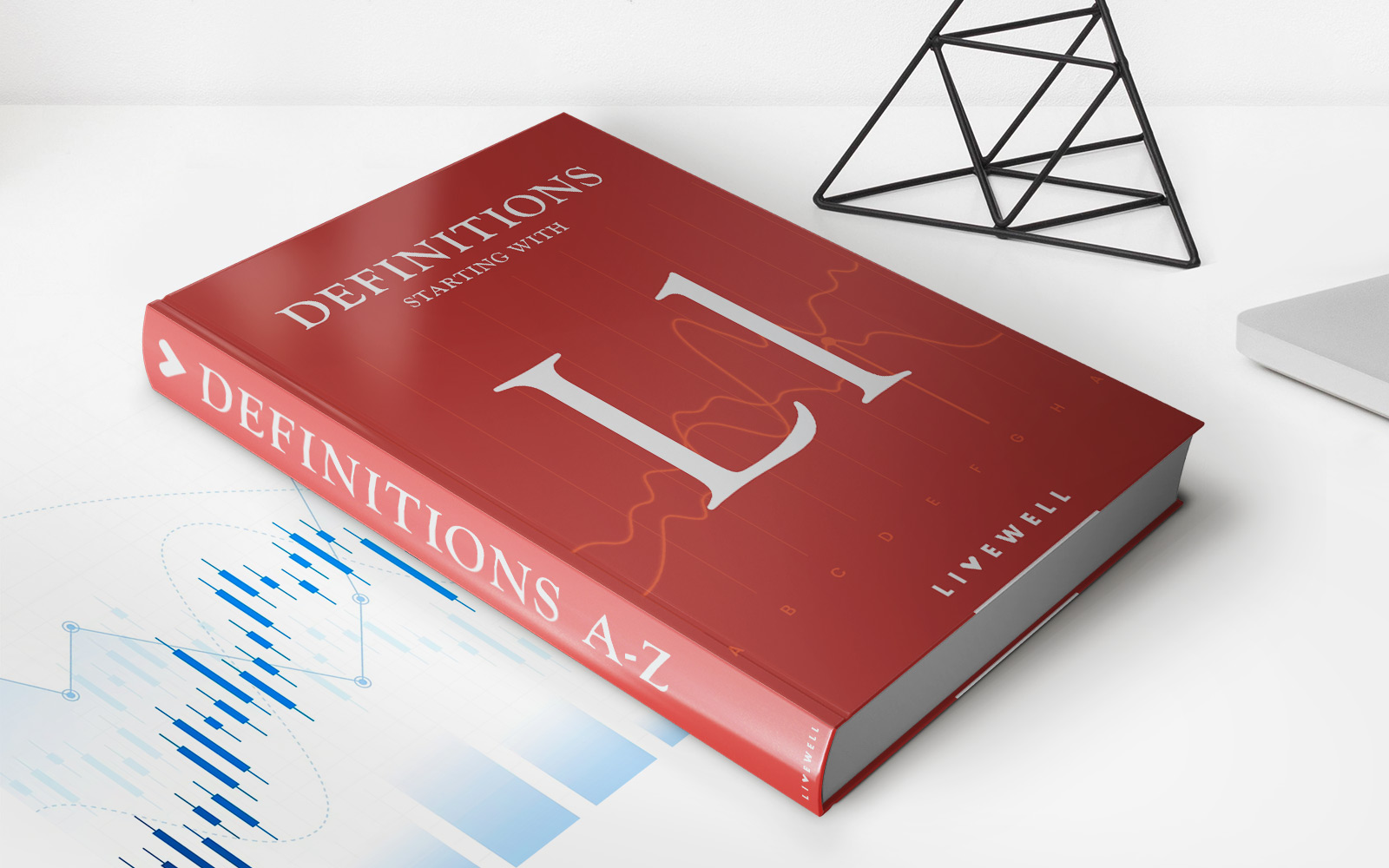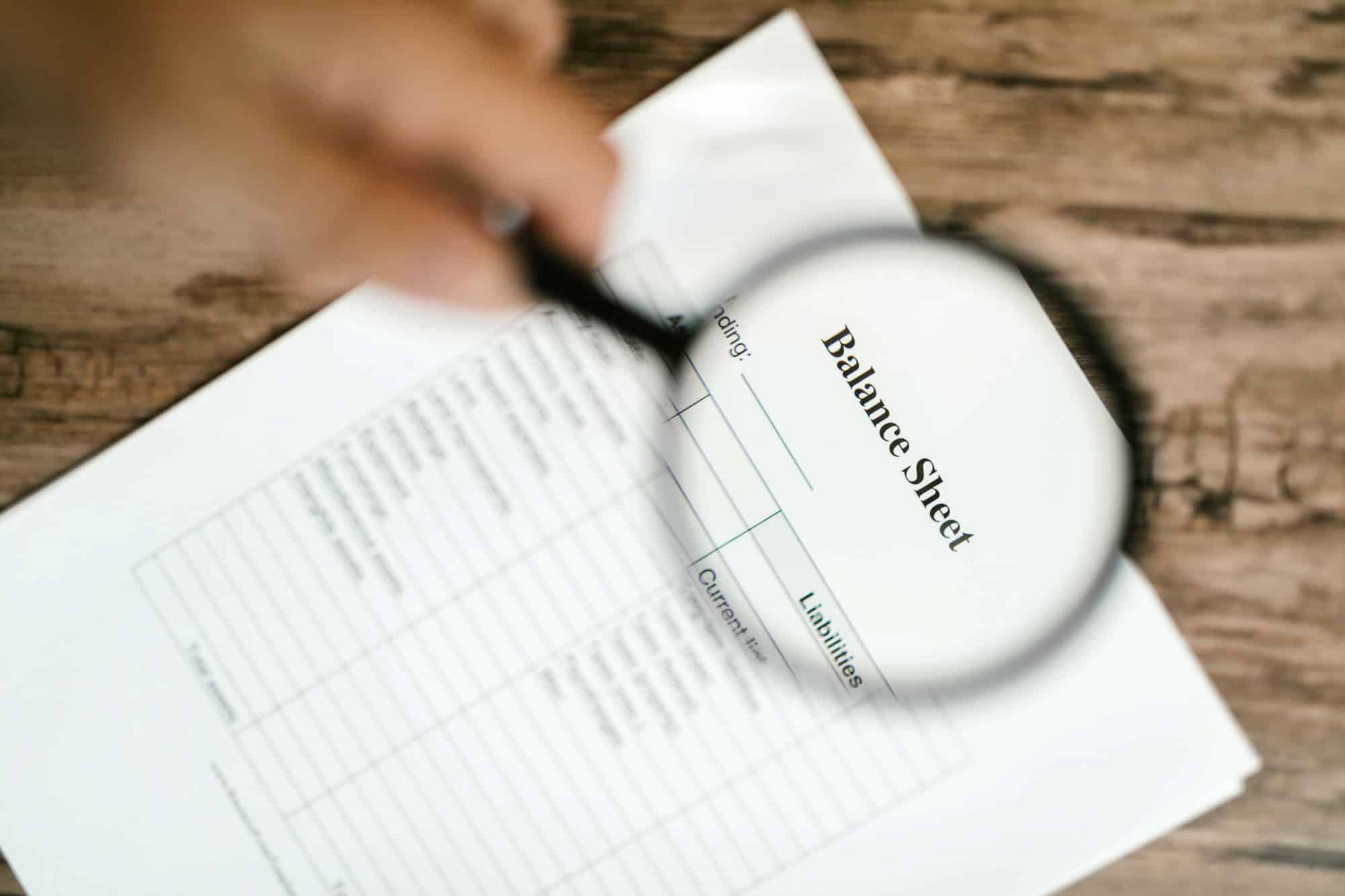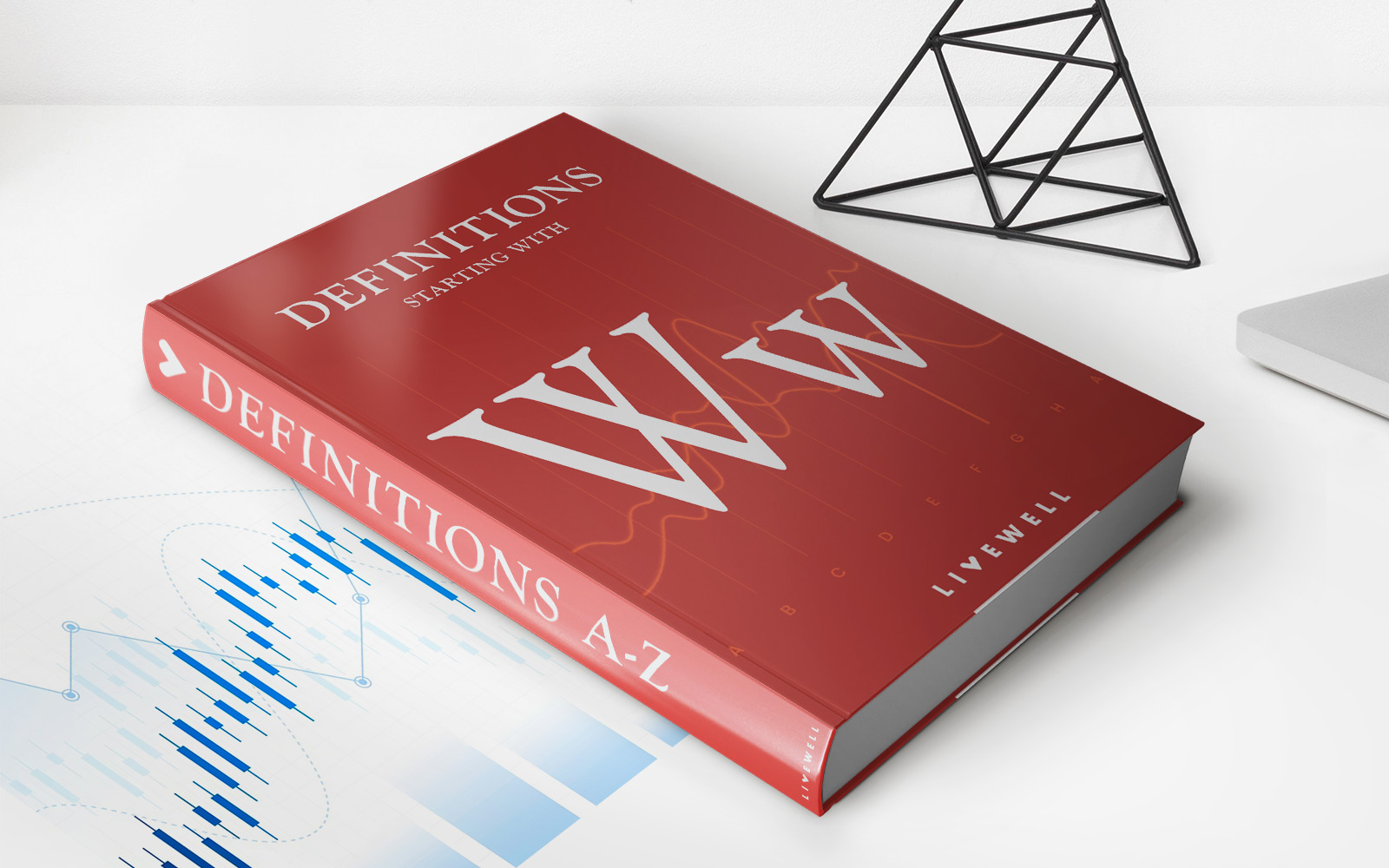Home>Finance>Double Top And Bottom Patterns Defined, Plus How To Use Them

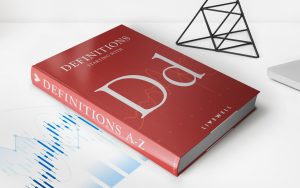
Finance
Double Top And Bottom Patterns Defined, Plus How To Use Them
Published: November 14, 2023
Learn about double top and bottom patterns in finance, and discover how to effectively use them in your trading strategies. Maximize your profits with these powerful chart patterns.
(Many of the links in this article redirect to a specific reviewed product. Your purchase of these products through affiliate links helps to generate commission for LiveWell, at no extra cost. Learn more)
Double Top and Bottom Patterns Defined, Plus How to Use Them
When it comes to analyzing stock price movements, one of the most popular technical analysis tools is the double top and bottom pattern. This pattern is widely used by traders and investors to identify potential trend reversals and make informed decisions. In this article, we will dive deep into what double top and bottom patterns are, how to identify them, and how to effectively use them in your trading strategy.
Key Takeaways:
- The double top pattern is formed when the price reaches a high level, retraces, and then makes a second failed attempt to break above the previous high.
- The double bottom pattern is the opposite of the double top, where the price hits a low, bounces back, and then forms a second low without breaking below the previous low.
Understanding the Double Top Pattern
The double top pattern is characterized by two peaks that are relatively equal in height, with a trough in between. This pattern suggests that the price has reached a resistance level twice and failed to surpass it, indicating a potential trend reversal from bullish to bearish. To identify a double top pattern, follow these steps:
- Look for an uptrend where the price is reaching new highs.
- Identify the first high point (peak) and mark it.
- Notice the retracement or pullback in price after the first peak.
- When the price attempts to surpass the previous high and fails, marking the second peak, the double top pattern is confirmed.
- Confirmation of the pattern occurs when the price breaks below the trough that formed between the two peaks.
Once the double top pattern is confirmed, traders often take a bearish position, expecting the price to continue its downward trend. They may consider placing a stop-loss order above the second peak to limit potential losses if the price breaks back above the resistance level.
Identifying the Double Bottom Pattern
On the other hand, the double bottom pattern signals a potential trend reversal from bearish to bullish. This pattern consists of two troughs that are relatively equal in depth, with a peak in between. To identify a double bottom pattern, follow these steps:
- Look for a downtrend where the price is making lower lows.
- Identify the first low point (trough) and mark it.
- Notice the bounce-back in price after the first trough.
- When the price attempts to drop below the previous low but fails, marking the second trough, the double bottom pattern is confirmed.
- Confirmation of the pattern occurs when the price breaks above the peak formed between the two troughs.
Traders who identify a double bottom pattern may consider taking a bullish position, anticipating an upward price movement. They might set a stop-loss order below the second trough to manage their risk in case the price falls back below the support level.
Conclusion
Double top and bottom patterns are valuable tools in technical analysis that can provide insights into potential trend reversals. By understanding how to identify these patterns and confirming their validity, traders and investors can make informed decisions to maximize their profit potential. Whether you are a seasoned trader or just starting, incorporating the knowledge of double top and bottom patterns into your trading strategy can significantly enhance your profitability.


